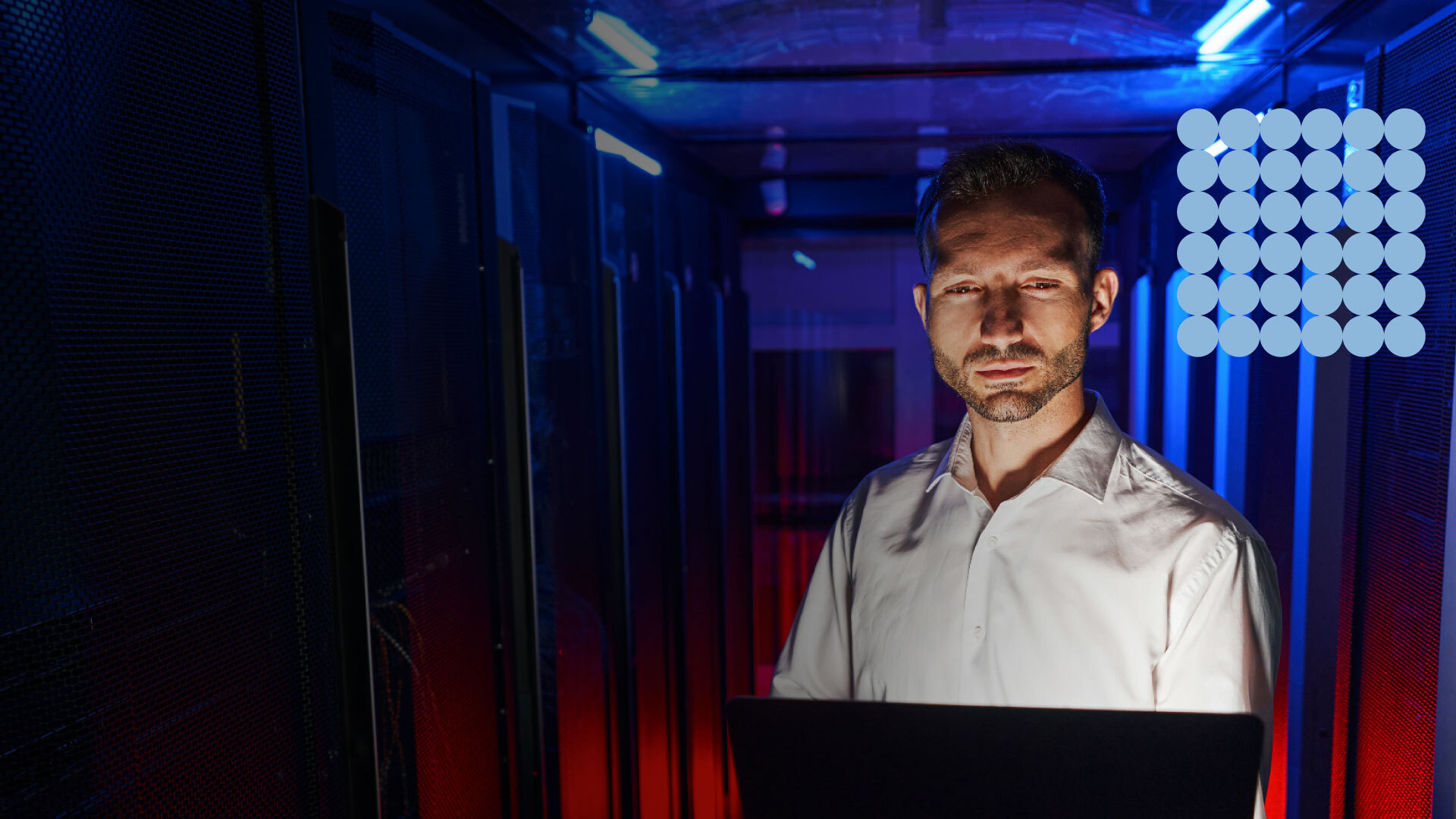
Generative AI in Cybersecurity: Key Factor to Address Risk Management
The growing interconnection of devices and systems, as well as the constant advancement in technology, has triggered cyber threats, which are increasingly becoming more sophisticated and dangerous. In this context, generative artificial intelligence (generative AI) is emerging as a key factor for risk management in cybersecurity.
The AI integration in cybersecurity is revolutionizing the sector, especially when it comes to producing incident responses. Before the advent of AI, detecting and responding to cyber threats used to rely heavily on human efforts, often resulting in slow response times and increased risk exposure.
The first half of 2023 showed discouraging figures for the cybersecurity area, there are records of over 14,000 million attempted cyber-attacks in Mexico, which has become one of the main targets of hackers.
According to information compiled by the Association of Banks of Mexico and the American Chamber, two thirds of the cyber-attacks recorded in Latin America have occurred in the Aztec country and have generated losses ranging between 3,000 and 5,000 million dollars annually. A scenario that can be avoided with investment in cybersecurity and the adoption of a prevention-focused technological culture.

What is generative AI and how does it contribute to cybersecurity?
Generative AI represents a subfield of artificial intelligence that focuses on the creation of content, whether it be text, images, music, or any other type of data. This is achieved through deep learning algorithms that can generate new information based on patterns and input data.
In cybersecurity, generative AI contributes to aspects such as:
- Threat detection. Generative AI can analyze large data sets for suspicious patterns, making it ideal for early threat detection. It can identify anomalies in network traffic, user behaviors, or malicious activities that conventional methods might miss.
- Automation of incident responses. Once a threat is detected, generative AI can generate automated responses to mitigate the risk. This involves the ability to isolate compromised systems, patch vulnerabilities, and stop attacks in real-time, reducing the need for human intervention and speeding up incident response.
- Data analysis and risk prediction. Generative AI can analyze real-time and historical data to predict potential future risks. This enables organizations to anticipate threats and take preventive measures before serious security incidents occur.
How do you know which technology is appropriate to protect a company’s cybersecurity?
Identifying the right technology to protect a company’s cybersecurity is a crucial and often challenging process, as there is no single solution that works for all organizations, given varying needs and risks. Therefore, it is important to collaborate with cybersecurity experts who help carry out tests and establish the ideal work plan.
Cybersecurity is vital component in the digital age and data protection is a critical priority for businesses. Ikusi is committed to helping organizations establish a strong cybersecurity culture. Our services and solutions extend the protection and advice needed to confront evolving cyber threats.
If you are ready to strengthen the security of your company, contact us here.


